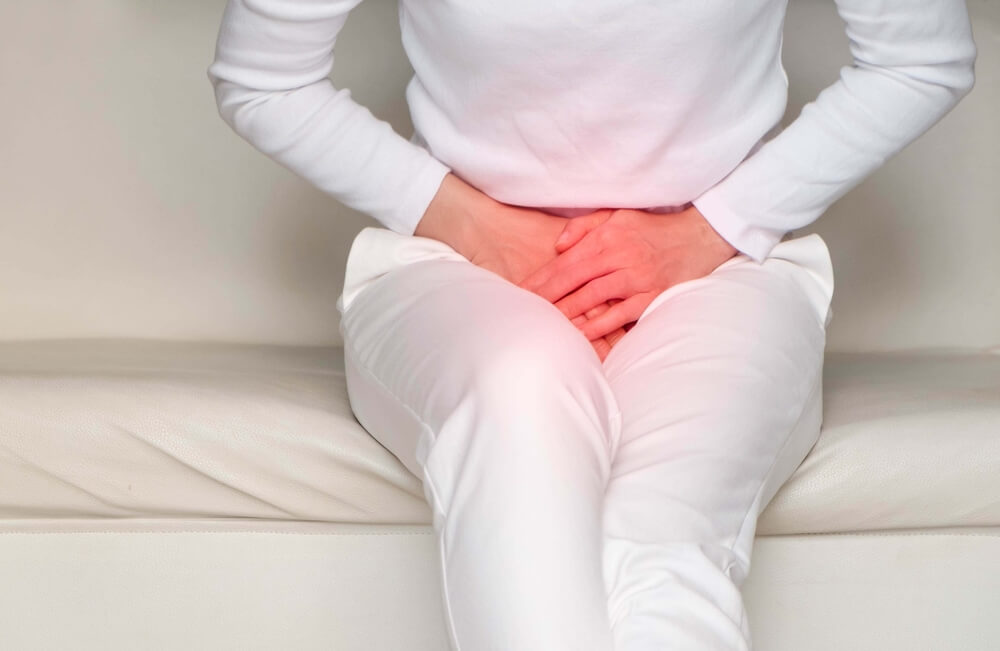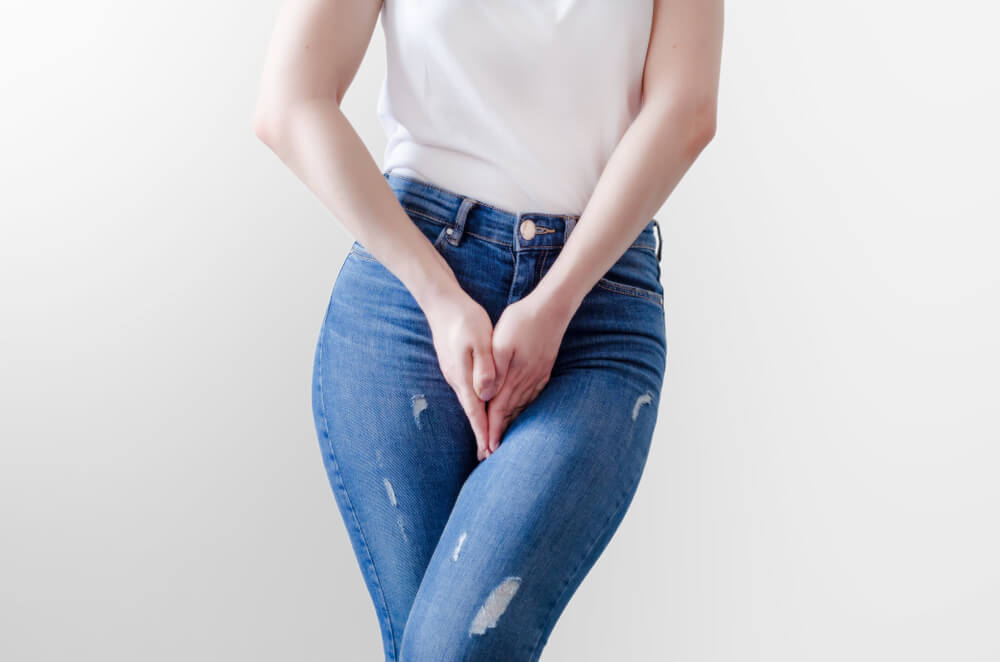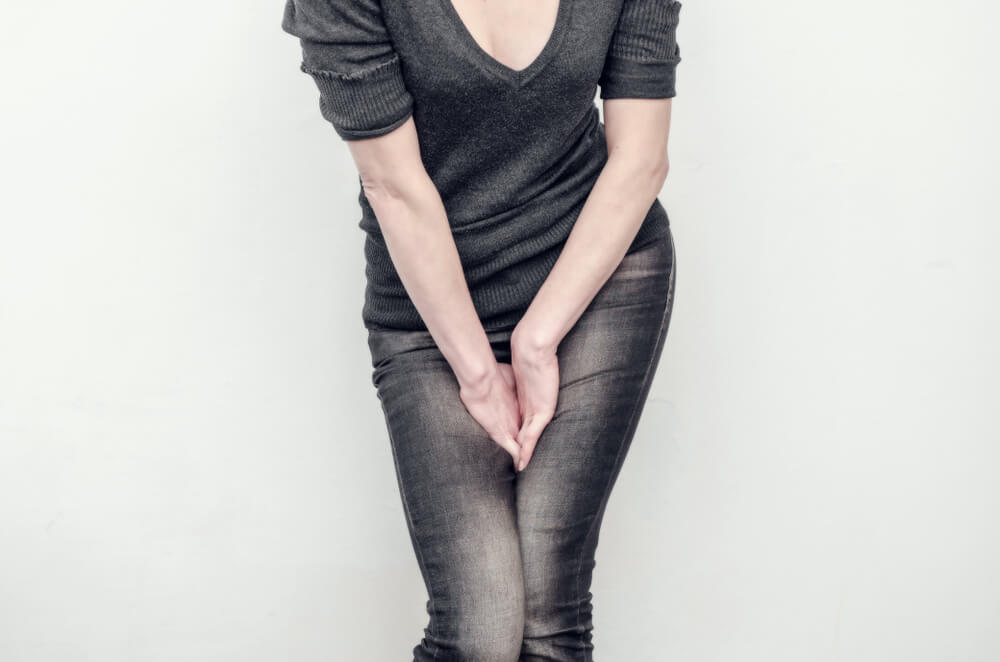What Is Incontinence?
If you are suffering from urine leakage and cannot completely control your bladder, there is a big chance that you are struggling with urinary incontinence. This condition is common, but that does not make it any less uncomfortable or, for some women, quite embarrassing.
There are different stages and types of incontinence, ranging from occasional leaks to frequent, uncontrollable urges to urinate. As women get older (over the age of 50), this condition becomes more frequent, but it is definitely not something inevitable as you grow older. Urinary incontinence can mostly be prevented with a healthy lifestyle or proper medical care.
When it comes to types of incontinence, there are generally four types of this condition: stress, urgency, overflow, and functional incontinence. Below you can find more information on each type.
It is imperative to consult a medical professional if this happens to you, so the doctor can potentially prescribe an appropriate female urinary incontinence treatment. At My OBGYN Specialists clinic, you can find experts to support and help you manage this uncomfortable condition.
If you are still wondering what incontinence is, how to recognize the symptoms, and what are some treatment options, continue reading this article.
Causes of Urinary Incontinence

There are different potential causes for urinary incontinence in women, although experts mainly focus on aging as the primary cause. Generally, this condition is caused by certain changes in the body, which may result from age, different diseases, medication, the beginning of a particular illness, physical issues, etc. Your doctor will determine what the cause of your urinary incontinence is.
Urinary incontinence in women can be temporary or persistent. The causes of temporary incontinence can mostly be found in food and medication, which stimulate bladder and urine production. These include:
- Caffeine
- Alcohol
- Sparking water and other carbonated beverages
- Chocolate
- Hot peppers
- Spicy food
- Blood pressure and heart medication and muscle relaxants
- Too much vitamin C in the body
- Urinary infection
When it comes to persistent urinary incontinence, it is mostly caused by some particular physical condition, problems, or diseases, such as:
- Pregnancy (the fetus can affect the bladder)
- Labor (vaginal delivery weakens the muscles of the bladder and the muscles which control the urination urges)
- Age (the bladder muscles get more relaxed with age)
- Menopause (women produce less estrogen, and the lining of the bladder is affected)
- Obstruction (by a tumor somewhere in the urinary tract)
- Neurological issues (multiple sclerosis, stroke, a brain tumor, and the like)
Can a Urinary Infection Cause Incontinence?
If you are wondering can a urinary infection cause incontinence, the answer is yes, especially the temporary type of this condition. Infections irritate the bladder and create the urge to urinate and constipation because the rectum is near the bladder and connected to the bladder via many different nerves.
Factors Which Increase the Risks
Different factors increase the risks of urinary incontinence, such as gender (women are more likely to experience incontinence), age, being overweight (weight negatively affects the bladder), smoking, family anamnesis, and diseases such as diabetes, neurological disorders, etc.
Symptoms and Diagnosis of Urinary Incontinence
There are different symptoms of incontinence, and below you can find an extensive list:
- Losing urine if you do not go to the toilet on time
- Leakage of urine during movement
- Leakage of urine preventing you to engage in any activities
- Leakage when sneezing, coughing, laughing, heavy lifting
- The bladder does not empty completely during urination
In case you experience any of these symptoms, please contact your chosen doctor and discuss the potential diagnosis. The professional who usually gives urinary incontinence diagnosis is a urogynecologist because they specialize in urinary tract diseases. You will need a complete physical examination focusing on the urinary tract, the nervous system, the reproductive system, and the results from urine samples.
Types of Incontinence
As previously mentioned, there are four different types of this condition, and below, you can find each one explained in more detail.
- Stress incontinence is a leakage of urine that occurs during exercise, sneezing, laughter, coughing, heavy lifting, or similar movements of the body.
- Urgency incontinence is characterized by a person’s inability to stop urination from happening before going to the bathroom. Also, there is a sudden, powerful urge to urinate, and it occurs often.
- Functional incontinence is related to leakage of urine caused by a person’s physical inability to reach the bathroom in time, such as injuries, arthritis, and similar.
- Overflow incontinence is specific because the leakage happens due to the bladder’s incapacity to hold in such a large quantity of urine produced in the body.
Can I Prevent This?
Unfortunately, urinary incontinence is not always preventable, but there are methods you can use if you want to decrease the risks, such as:
- Maintain a healthy body weight
- Do pelvic exercises
- Minimize the intake of coffee, alcohol, and spicy foods
- Increase the amount of fiber you consume
- Stop using tobacco, or at least try to consume it as little as possible
- Do regular check-ups with your chosen medical professional
Female Urinary Incontinence Treatment

Lastly, when it comes to treating urinary incontinence in women, there are several options, but they all depend on the exact cause of the condition for each individual. As mentioned above, the causes are different, starting from age, type of incontinence, prior illnesses, etc., and the treatment depends on your tolerance to different medications, expectations, personal preferences, appropriate therapy directions, and the like.
Treatments can include:
- Modifications in dietary habits, where caffeine, alcohol, citrus, and similar are eliminated from the daily consumption habits
- Behavioral therapies, such as training the bladder and creating scheduled toilet visits, to void the bladder regularly and decrease the occurrences of leakages
- Rehabilitation of the pelvic muscles, which includes biofeedback, Kegel exercises, electrical stimulants of the pelvic floor, and weight training of the vagina
- Different medications, such as vaginal estrogen and other
- Insertion of a vaginal pessary to prevent leakage
- Botox injections for the bladder, different bulking agents, and stimulation of the nervous system
- Surgical procedures such as the suspension of the bladder, slings, and so on
All of these treatment methods cannot be determined without a consultation with a doctor, so please talk to your chosen physician prior to starting any of the abovementioned treatments.
Contact Us!
Urinary incontinence or leakage can be very disturbing and embarrassing for a person. The sole fact that you cannot control something your body does is reason enough to feel uncomfortable and stressed out. In order to avoid as much stress as possible, contact our expert team and schedule a consultation so you can feel better and more secure. Start managing your urinary incontinence – do not let it manage you!


